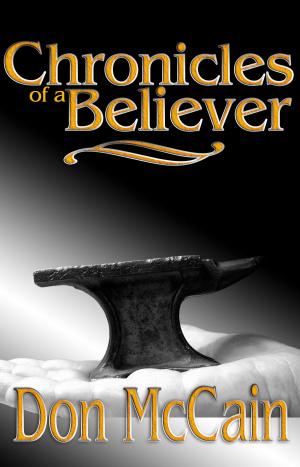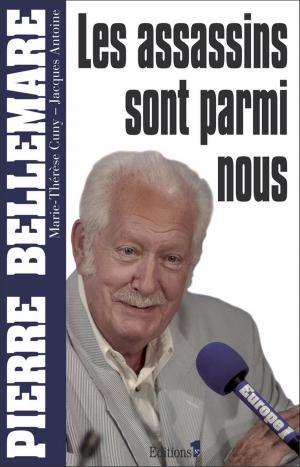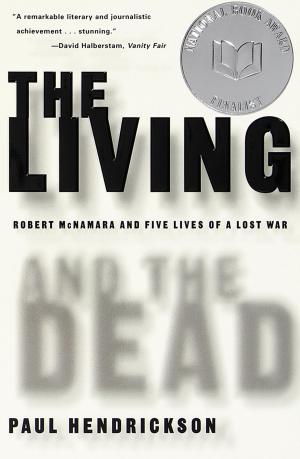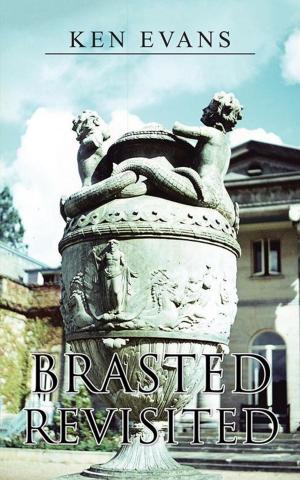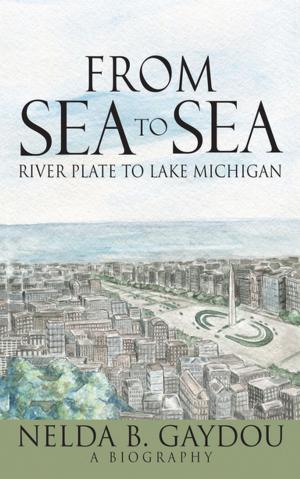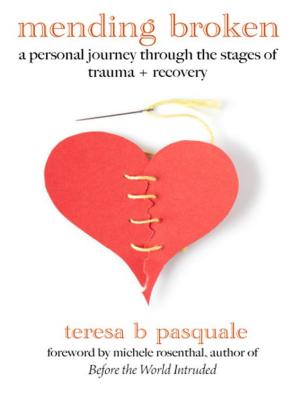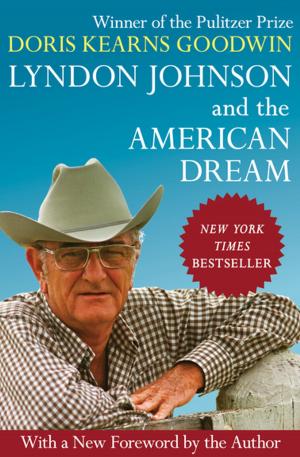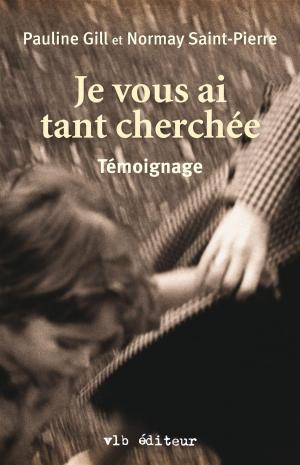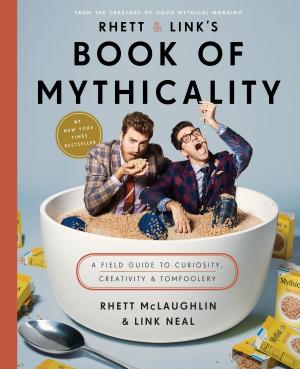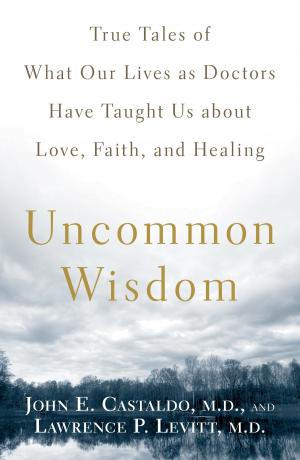| Author: | Stjepan DZ Benedict | ISBN: | 9780994564337 |
| Publisher: | Stjepan DZ Benedict | Publication: | April 3, 2016 |
| Imprint: | Smashwords Edition | Language: | English |
| Author: | Stjepan DZ Benedict |
| ISBN: | 9780994564337 |
| Publisher: | Stjepan DZ Benedict |
| Publication: | April 3, 2016 |
| Imprint: | Smashwords Edition |
| Language: | English |
After coming “From the Razors Edge” how can I describe a Nation with people who came and settled here from 190 different countries, and who brought with them almost equal number of different languages and cultures? How to tell their story in English? When they all have different stories to tell and not one story will be same as the other. This is a story like no other. The Celebs are hardworking people who built this country with their hands and personal skills sometimes misplaced but done, to benefit all. And there are characters in the story including the Author as the main protagonist who stumbled through erroneous choices is a core subject he tells it as it was, where he invents nothing. It tells of changes in Australian society engineered by drive to improve Human rights, genders equality from education to baby-sitter state. From sixties high level racism to millennium low level cultural and religious intolerance brought us to better times needing more attention is still work in progress. The Author find in general that Australians are not racist but sometimes are critical and intolerant of some cultures and individuals from ethnic enclaves behaving badly.
The Author writes, “Well, in post two world wars we came here, changed or anglicised our names so that locals can pronounce them and that our children could have an easier passage through Australian schools. We worked and grow old together yet some small minority of “flag waving true blue Aussies” can’t get it that we are here to stay together work, live, and die together. In spite of such minority views, I never considered that such rejection of migrants constitutes inbred Australian racism.
It is not racism. Although sometimes there is no other word to describe prejudice we use word racism when it could be the ethnocentric or apprehensive view of other people’s behaviour or culture. Therefore, it is not racism it is most often ignorance and at worst individual belligerence which ought to be made criminal offence.”
All these had to do with confrontations by old with the new but now old and the new is all coming together, looking better.
Like the name of “Separation Street” in Geelong, the town outside Melbourne. The Separation Street was a divide between Anglo-Aussies communities and the Refugees arriving to work at Fords after the World War Two. At the time it was said that the two community were never meet but today they are ONE.
But this story here is taking us into a very private and personal territory through the Authors life his foibles, his successes and failures spaning over his life time in changing Australian landscape. He takes us through the turbulent life with his young family. Without the school for parenting the final outcome was crushing out losing it all only to learn the lesson that there was only one chance he had. But that lesson learned he could never put it to good use. From asbestos mining through engineering to public servant he encounters with some most obnoxious and some extraordinary individuals. Both good and bad he takes them down and lets the reader decide veracity of their identity and morality. Revisiting his birthplace, he learns the stories from the past and foresees emerging Armageddon.
He leaves behind the beautiful country down under with murders and suicide of his artist friend and finds himself in the middle of the war of atrocities in his old country. He finds the legacy of hate and prejudice follows his countrymen where ever they went and there was no escape from constant division in finding peace because of hate, language and religion.
Coming back disillusioned he doesn’t give up and does the unexpected he writes about in the Part 4, “The absolute One”.
After coming “From the Razors Edge” how can I describe a Nation with people who came and settled here from 190 different countries, and who brought with them almost equal number of different languages and cultures? How to tell their story in English? When they all have different stories to tell and not one story will be same as the other. This is a story like no other. The Celebs are hardworking people who built this country with their hands and personal skills sometimes misplaced but done, to benefit all. And there are characters in the story including the Author as the main protagonist who stumbled through erroneous choices is a core subject he tells it as it was, where he invents nothing. It tells of changes in Australian society engineered by drive to improve Human rights, genders equality from education to baby-sitter state. From sixties high level racism to millennium low level cultural and religious intolerance brought us to better times needing more attention is still work in progress. The Author find in general that Australians are not racist but sometimes are critical and intolerant of some cultures and individuals from ethnic enclaves behaving badly.
The Author writes, “Well, in post two world wars we came here, changed or anglicised our names so that locals can pronounce them and that our children could have an easier passage through Australian schools. We worked and grow old together yet some small minority of “flag waving true blue Aussies” can’t get it that we are here to stay together work, live, and die together. In spite of such minority views, I never considered that such rejection of migrants constitutes inbred Australian racism.
It is not racism. Although sometimes there is no other word to describe prejudice we use word racism when it could be the ethnocentric or apprehensive view of other people’s behaviour or culture. Therefore, it is not racism it is most often ignorance and at worst individual belligerence which ought to be made criminal offence.”
All these had to do with confrontations by old with the new but now old and the new is all coming together, looking better.
Like the name of “Separation Street” in Geelong, the town outside Melbourne. The Separation Street was a divide between Anglo-Aussies communities and the Refugees arriving to work at Fords after the World War Two. At the time it was said that the two community were never meet but today they are ONE.
But this story here is taking us into a very private and personal territory through the Authors life his foibles, his successes and failures spaning over his life time in changing Australian landscape. He takes us through the turbulent life with his young family. Without the school for parenting the final outcome was crushing out losing it all only to learn the lesson that there was only one chance he had. But that lesson learned he could never put it to good use. From asbestos mining through engineering to public servant he encounters with some most obnoxious and some extraordinary individuals. Both good and bad he takes them down and lets the reader decide veracity of their identity and morality. Revisiting his birthplace, he learns the stories from the past and foresees emerging Armageddon.
He leaves behind the beautiful country down under with murders and suicide of his artist friend and finds himself in the middle of the war of atrocities in his old country. He finds the legacy of hate and prejudice follows his countrymen where ever they went and there was no escape from constant division in finding peace because of hate, language and religion.
Coming back disillusioned he doesn’t give up and does the unexpected he writes about in the Part 4, “The absolute One”.

